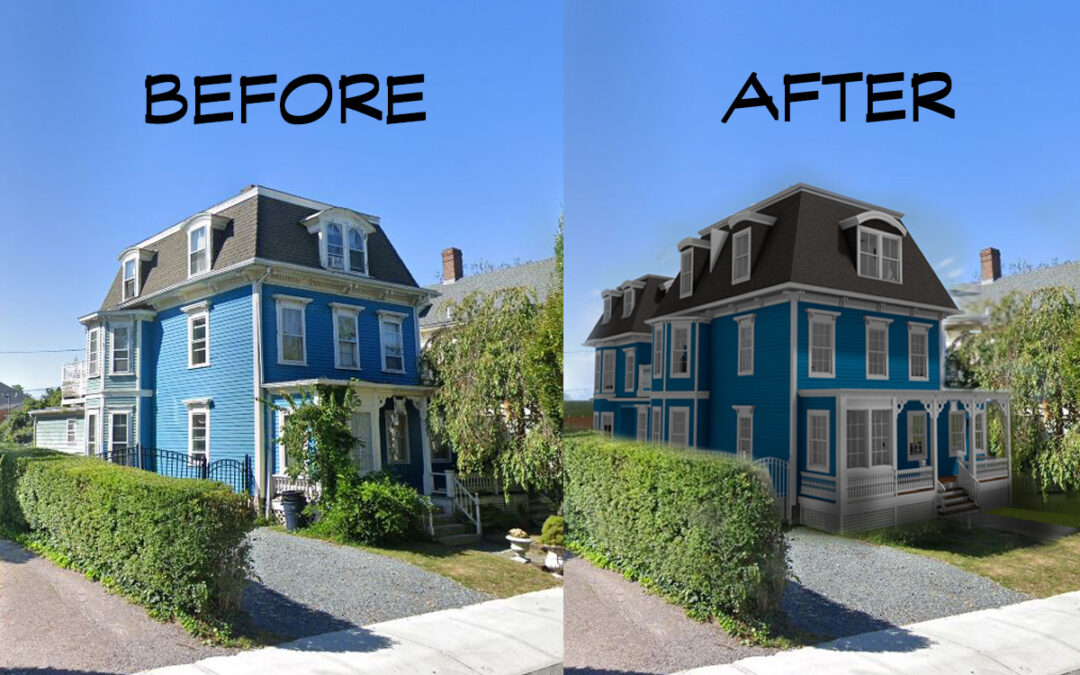Example of A4 Multifamily Housing
In recent decades, the landscape of housing construction has undergone significant changes with several new challenges emerging that make it increasingly difficult to build affordable and accessible housing. From the upcoming Presidential elections to the selection of local city councilors, the issue of how to build more affordable housing is very much on the political agenda in many places around the United States. As housing costs have continued to take an ever-larger portion of many people’s disposable income, it has contributed to the perception that living costs are outstripping increases in salary. Some people also must drive further to their places of work, which is increasing the impact of climate changes on the planet’s environment. The difficulty in building Affordable Housing is really a microcosm of many of the technological, political, and economic challenges facing the world at this moment.

First Floor Proposed Plan
One of the most significant challenges facing housing construction is the rising cost of land. As urban areas become more densely populated, the demand for land has increased, driving up prices. This has in turn made it more difficult for developers to acquire land for new housing projects, particularly in desirable locations. As a result, the cost of housing has risen, making it more difficult for many people to afford to buy or rent a home. Climate change is also impacting land costs, as rising sea levels reduce the amount of land available and make the remaining coastal land much more expensive to build upon.
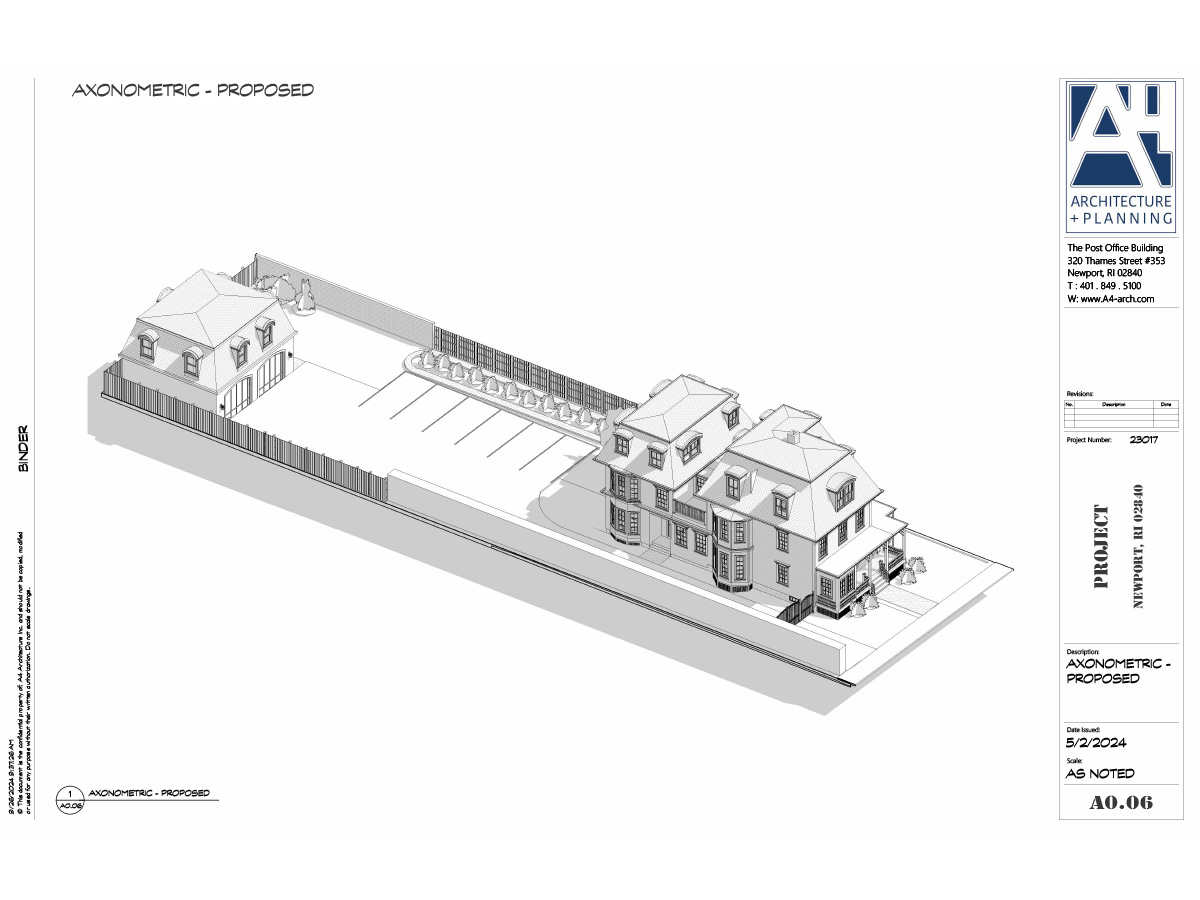
Example of A4 Multifamily Housing
Another challenge facing housing construction is the complex and often contradictory nature of zoning regulations. Zoning regulations are designed to protect the character of neighborhoods and ensure that land is used appropriately. However, they can also be very restrictive making it difficult to build new housing, particularly in areas where there is already a high demand. This can lead to a shortage of housing supply, which drives up prices further. Specific language in Zoning codes are often used to hinder new developments by “Not in my back yard” (NIMBY) people, who want new construction to occur only outside of their own neighborhoods.
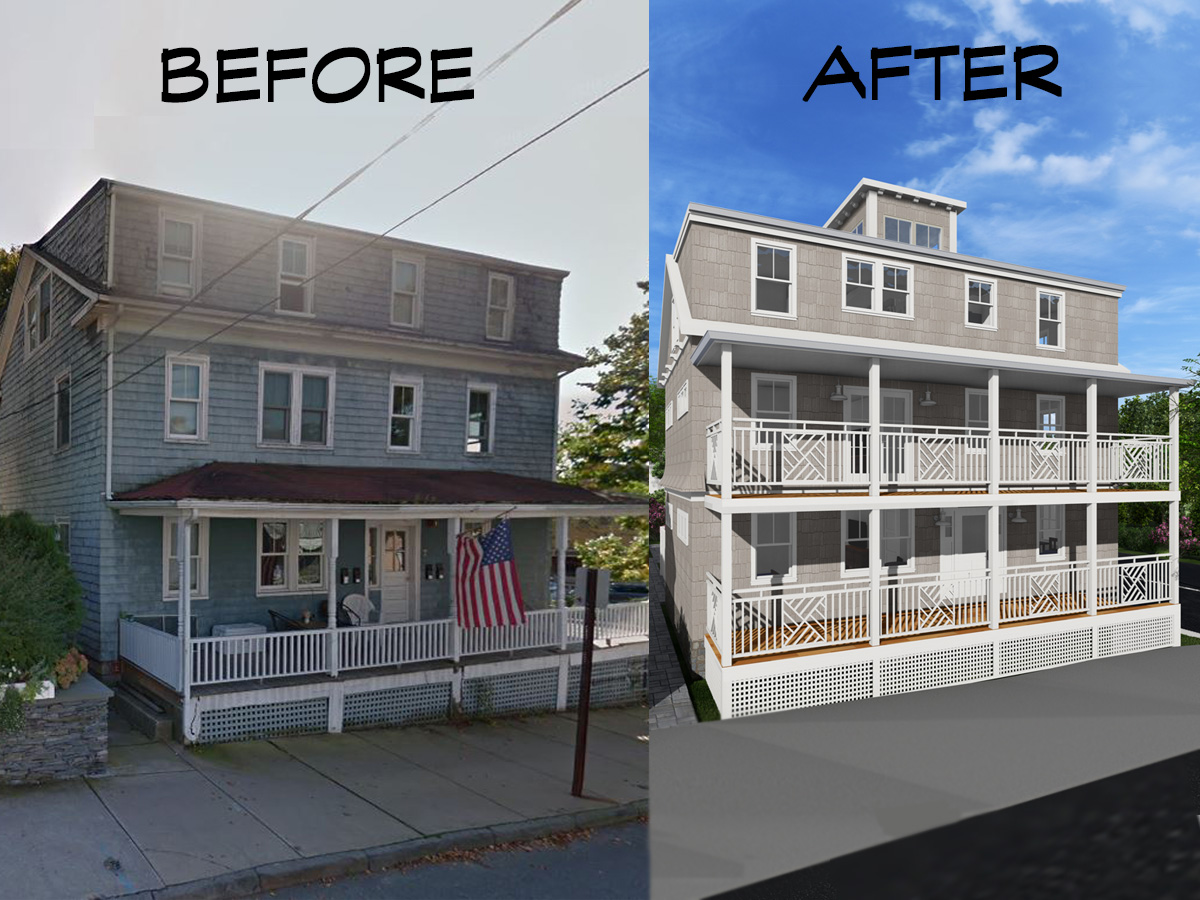
Revitalizing of Existing Housing Stock
The slow evolution of construction practices is another factor that has contributed to the challenges of housing construction. While a vast majority of products are now mass produced, most housing is built using the same expensive, artisanal process that has been in place for nearly a century. While there have been some advances in construction technology, the pace of innovation has been relatively slow compared to other fields. This has made it difficult to improve the efficiency of the construction process and reduce the unit cost of building housing overall.
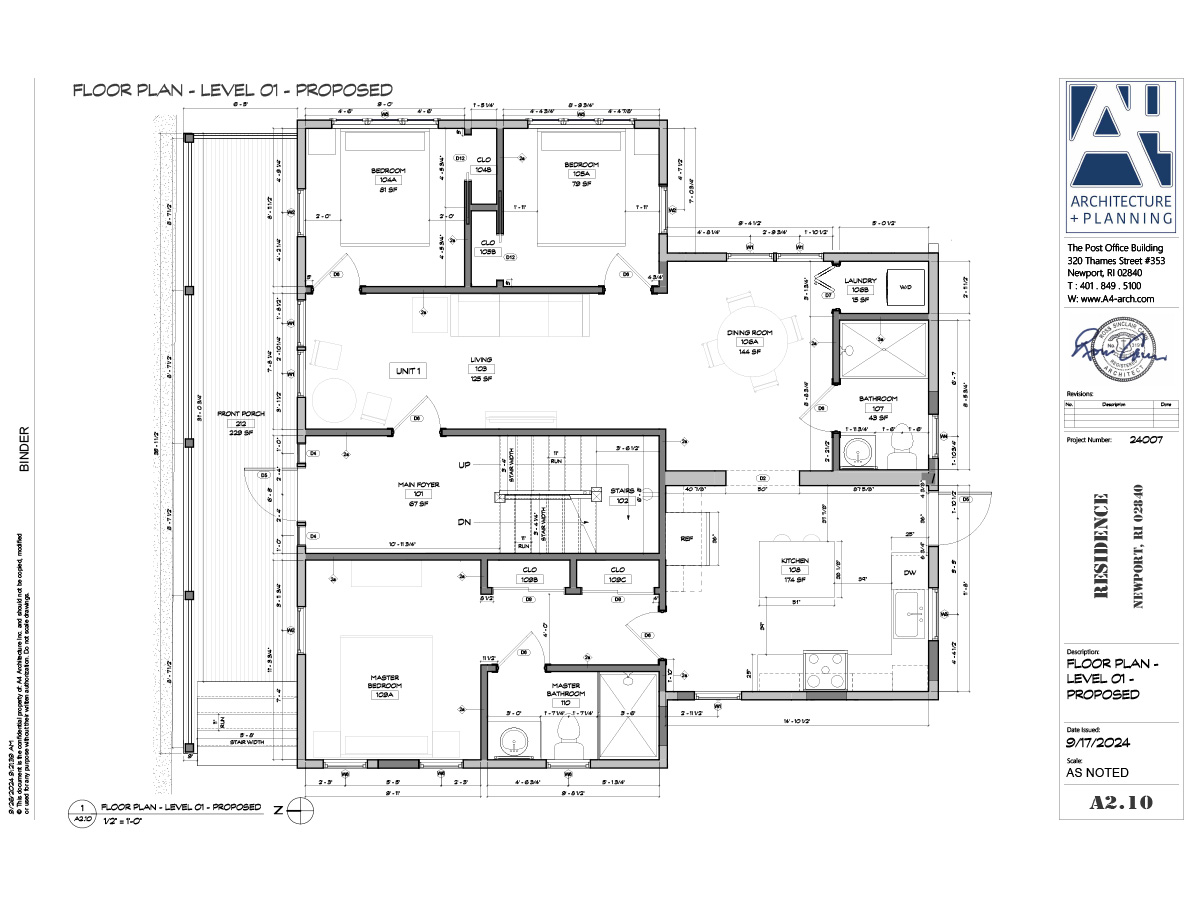
First Floor Proposed Plan Multifamily
In addition to these challenges, the increasing size and complexity of modern homes have also contributed to rising costs. As people’s expectations for their living spaces have grown, the “average” freestanding home has become significantly larger and more complex. This reality has continued to increase the cost of construction, making it very difficult to build housing that most people could actually afford to buy or rent.
Finally, the acquisition of land and property by the very wealthy has also had a significant impact on the housing market. As the gap between the rich and the poor has widened; wealthy individuals have been able to purchase large tracts of land, limiting the availability of land for housing development. For instance, Larry Elison has purchased an entire Hawaiian island and Ted Turner has ranch area larger than the state of Rhode Island. On the smaller scale, many Gilden Age houses in Newport that were once divided into many condominiums are now being converted back into grand (and even palatial) single family homes. This is a challenge to preserving even the existing number of housing units within wealthy communities like Newport, much less increasing the number of units available.
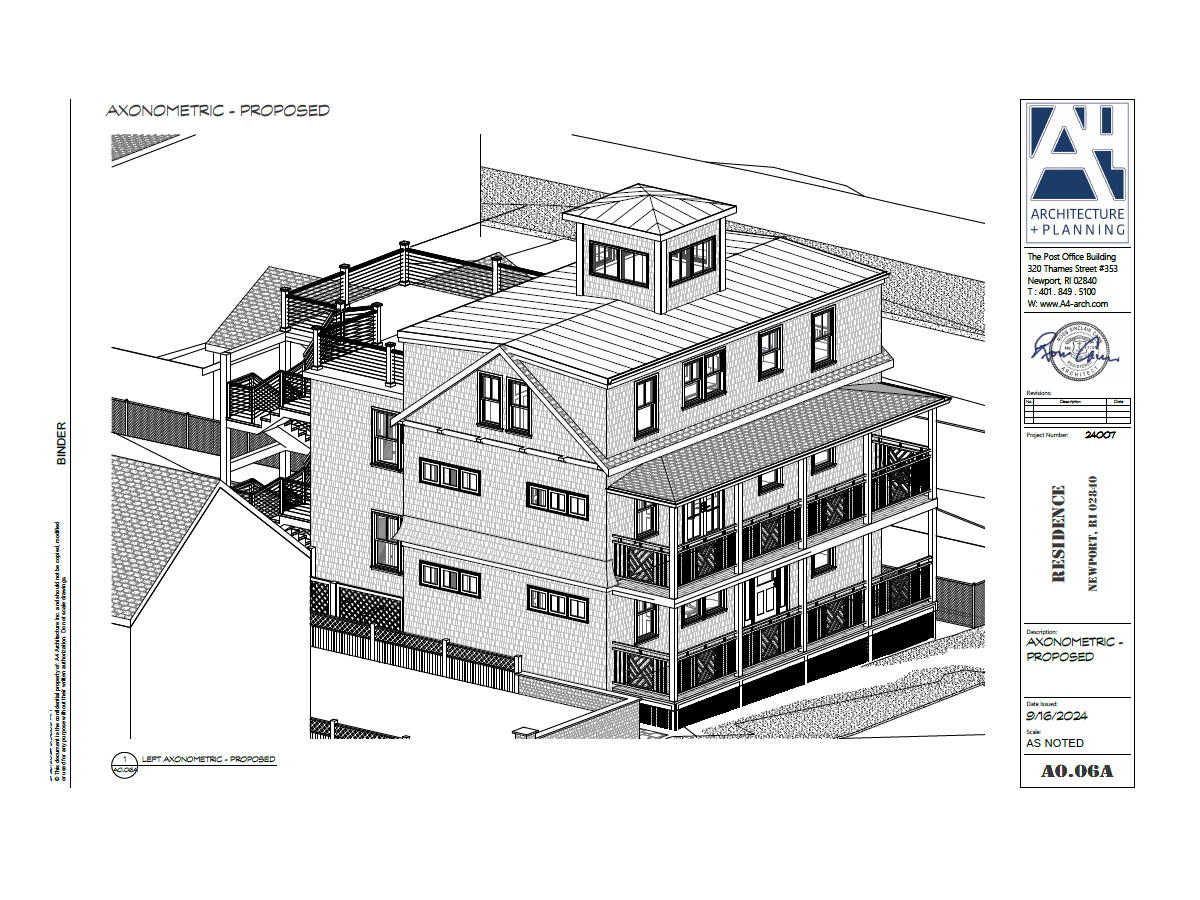
Proposed Axon
The challenges of affordable housing construction are complex and multifaceted. Rising land costs, zoning regulations, slow evolution of construction practices, increasing housing size standards, and the acquisition of land by the wealthy have all contributed to the difficulty of building housing that is affordable and accessible. Addressing these challenges will require a combination of policy reforms, technological innovation, and increased investment in affordable housing. A4 Architecture is partnering with developers of multi-family housing to use clever and efficient design approaches to help create the housing units for working families and individuals that are desperately needed. We look forward to working with more like-minded people and companies that want to address this critical market segment and keep building new housing for the community.
Ross Sinclair Cann, AIA is a historian, educator and practicing architect. He is the Founding Principal of A4 Architecture in Newport, Rhode Island and holds architecture degrees from Yale, Cambridge, and Columbia Universities. A4 Architecture is working to create high-quality, multi-family developments through Rhode Island and the surrounding states.
